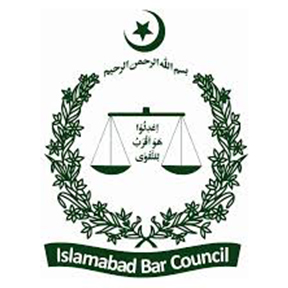A Temporary Resident Visa (TRV), also known as a visitor visa, is an official document that allows you to enter or re-enter Canada as a temporary resident:
- Who needs a TRV: Citizens of countries that require a visa must have a TRV to travel to or re-enter Canada. U.S. citizens and lawful permanent residents of the U.S. do not need a TRV.
- How to apply: You can apply for a TRV online within Canada. You can download and fill out the application form on a computer. You may need to provide biometrics with your application.
- Processing time: Processing times vary based on several factors, including the type of application, how complete the application is, and how quickly the visa office can verify your information.
- Entry to Canada: A TRV does not guarantee entry to Canada. At the Port of Entry, officers will determine if you intend to leave Canada at the end of your visitor status.
- Extensions: You can apply for extensions from within Canada.
Some reasons why a visitor visa might be rejected include:
- Incomplete documentation
- Financial instability
- Criminal background
- Health concerns
- Unclear travel intentions
- Weak ties to the home country
- Past travel history problems
- Misrepresentation
- Overstaying records
- Illegal status
What are the requirements you must meet for a TRV?
You must show the officer that you meet the requirements of the Immigration and Refugee Protection Act (IRPA) and the Immigration and Refugee Protection Regulations and that you will be in Canada for a temporary stay.
You must also:
- satisfy an officer that you have strong, social, family and economic ties with your home country and you will leave Canada at the end of your stay,
- show that you have enough money to maintain yourself and your family members in Canada and to return home,
- not intend to work or study in Canada unless authorized to do so,
- be law abiding and have no record of criminal activity,
- not be a risk to the security of Canada,
- provide any additional document requested by the officer to establish your admissibility, and
- be in good health (complete a medical examination if required).
Minors travelling alone:
Minors (under 18 years of age) travelling alone or with a person other than their parents or legal guardians should have a letter of authorization, preferably in English or French, signed by both parents or legal guardians. It should also include the name of the adult who will be responsible for the children in Canada.
Minors travelling with only one parent or legal guardian should have a letter of authorization, preferably in English or French, from the non-accompanying parent or guardian.
Translation of documents:
You must include the following along with any document that is not in English or French:
- the English or French translation; and
- an affidavit from the person who completed the translation (if they are not a certified translator).
Translations may be done by:
- a person who is fluent in both languages (English or French, and the unofficial language); or
- a Canadian certified translator (a member in good standing of a provincial or territorial organization of translators and interpreters in Canada).
If the translation isn’t done by a Canadian certified translator, the person who completed the translation must provide an affidavit swearing to their language proficiency and the accuracy of the translation.
The affidavit must be sworn in the presence of:
In Canada:
- a notary public;
Some people are not allowed to enter Canada
Some people are inadmissible to Canada, which means they are not allowed to enter the country. You can be inadmissible for several reasons, including being involved in:
- criminal activity
- human rights violations
- organized crime
If you have any questions or need further information, please do not hesitate to schedule of appointment for free consultation session.








